Learn how to select the right underlayment for your project based on permeability
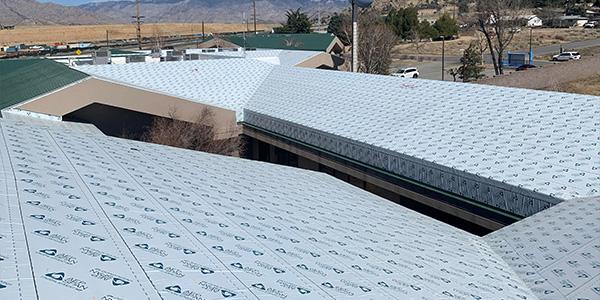
By Jeff Haddock, AEP Span.
Underlayment comes in a variety of permeability options and selecting the correct type is crucial because it determines the amount of water vapor that can diffuse through the material. AEP Span’s Jeff Haddock took a look at current trends and weighed in on what the right choice for metal roofs is.
When installing metal roof panels, it is important to choose the correct underlayment for the job. A permeable underlayment prevents moisture from getting into the building but allows for the passage of condensation or moisture coming from within the building out through the underlayment. Choosing one with the wrong level of permeability can cause issues such as rusting of the metal roof.
Currently, there is a trend in the industry regarding the specification and use of “high perm” rated underlayments or vapor permeable underlayments under metal roof panel applications. Some products have been introduced into the industry with very high perm ratings of up to 30 perm.
Perm rating is a standard measure of the water vapor permeability of a material. The higher the number, the more readily water vapor (condensation) can diffuse through the material. The perm ratings are as such:
- Less than 0.1 is considered a Class I impermeable vapor retarder (which is also considered a vapor barrier)
- Between 0.1 and 1 is considered a Class II semi-permeable vapor retarder
- Between 1 and 10 is a Class III permeable vapor retarder
- Greater than 10 is highly permeable and not considered to be a vapor retarder at all
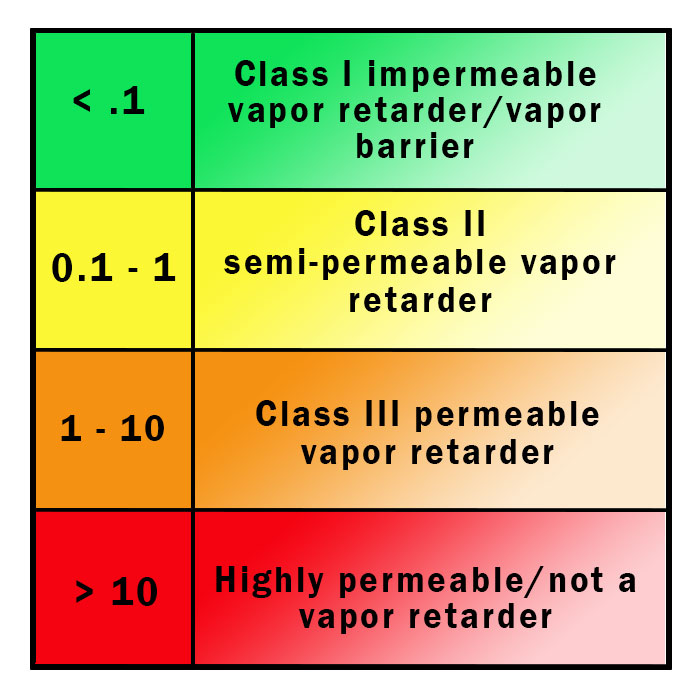
A permeability rating of up to 30 is very high, especially when, traditionally, roofing underlayment for metal roof applications have a very low permeability rating and are considered Class 1 Vapor Impermeable with a perm rating of .1 or less. As an example, AEP Span’s Underlayment HT has a perm rating of .02, Grace Ice and Water Shield® has a perm rating of .05 and 30# felt has a perm rating of around .5
The use of a “high perm” rated underlayment is not advised under metal roof systems, unless cautionary steps have been purposely built into the roof panel assembly and design. There are some case study trade articles on the subject that can be found online if you search for perm rated underlayment. High perm rated underlayment provides little to no benefit unless the roof system is properly vented. The roof system installed over the perm rated underlayment can act as a vapor retarder itself, effectively eliminating the benefit of using a perm rated underlayment.
Typical details for metal roof designs are intended to keep moisture out of the system all together. If moisture is designed to vent through the substrate assembly, the trapped moisture will need a way to get it out from behind the roof panels by way of a vented ridge or roof mounted venting system. Only having a vented underlayment will not suffice, and can accelerate backside corrosion of the panels, flashings, clips and zinc plated fasteners.
Case Study
The following photo is of what backside panel corrosion looks like from uncontrolled condensation below the panels. This investigated to find out why the panels had surface rust. Pieces of the panels were cut out to see where the surface rust was coming from. After further investigation it was determined that uncontrolled condensation was being released under the roof panels and no venting of the roof system was present to allow trapped moisture to escape.
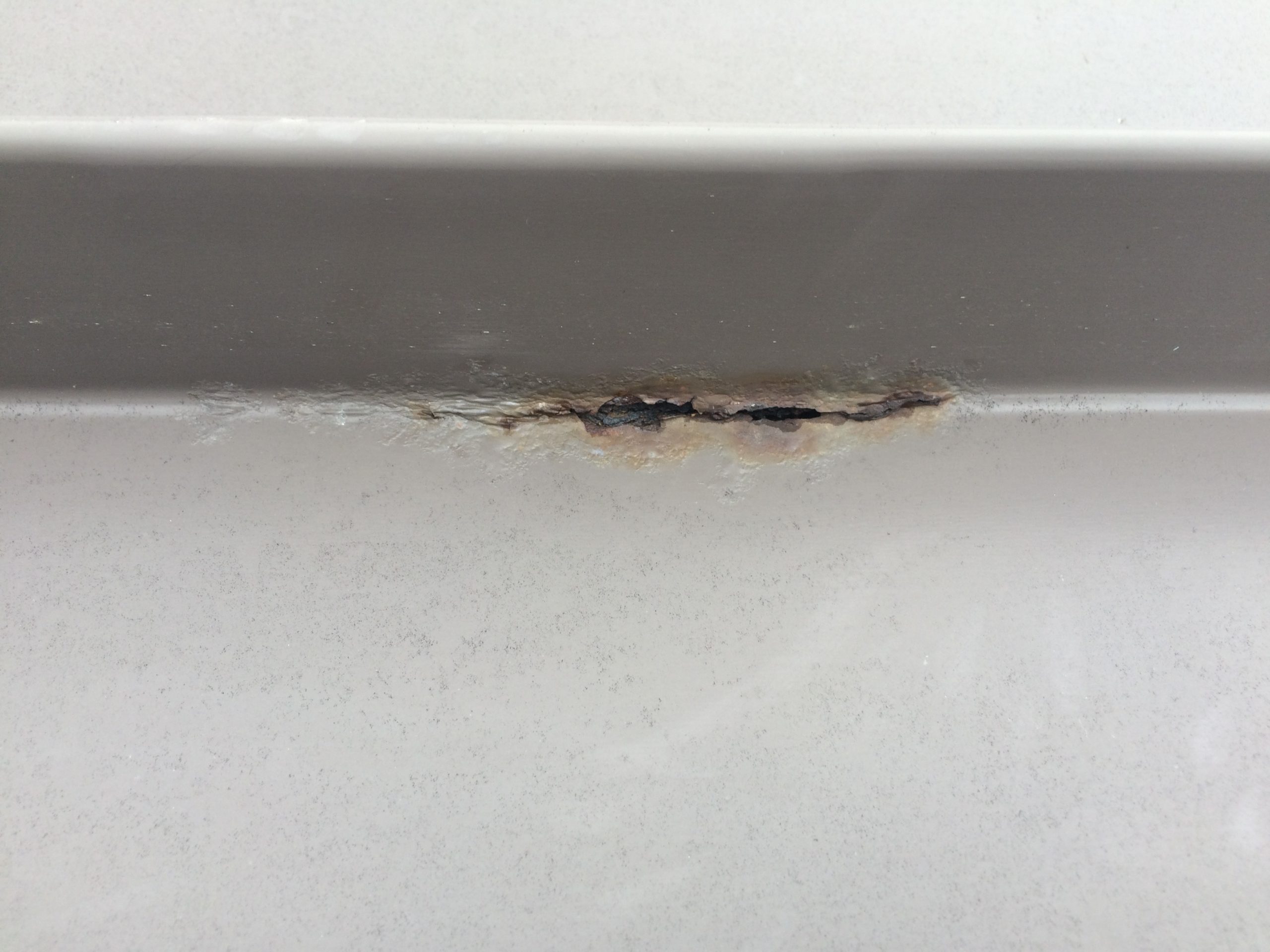
And this photo is of what the backside corrosion looks like.
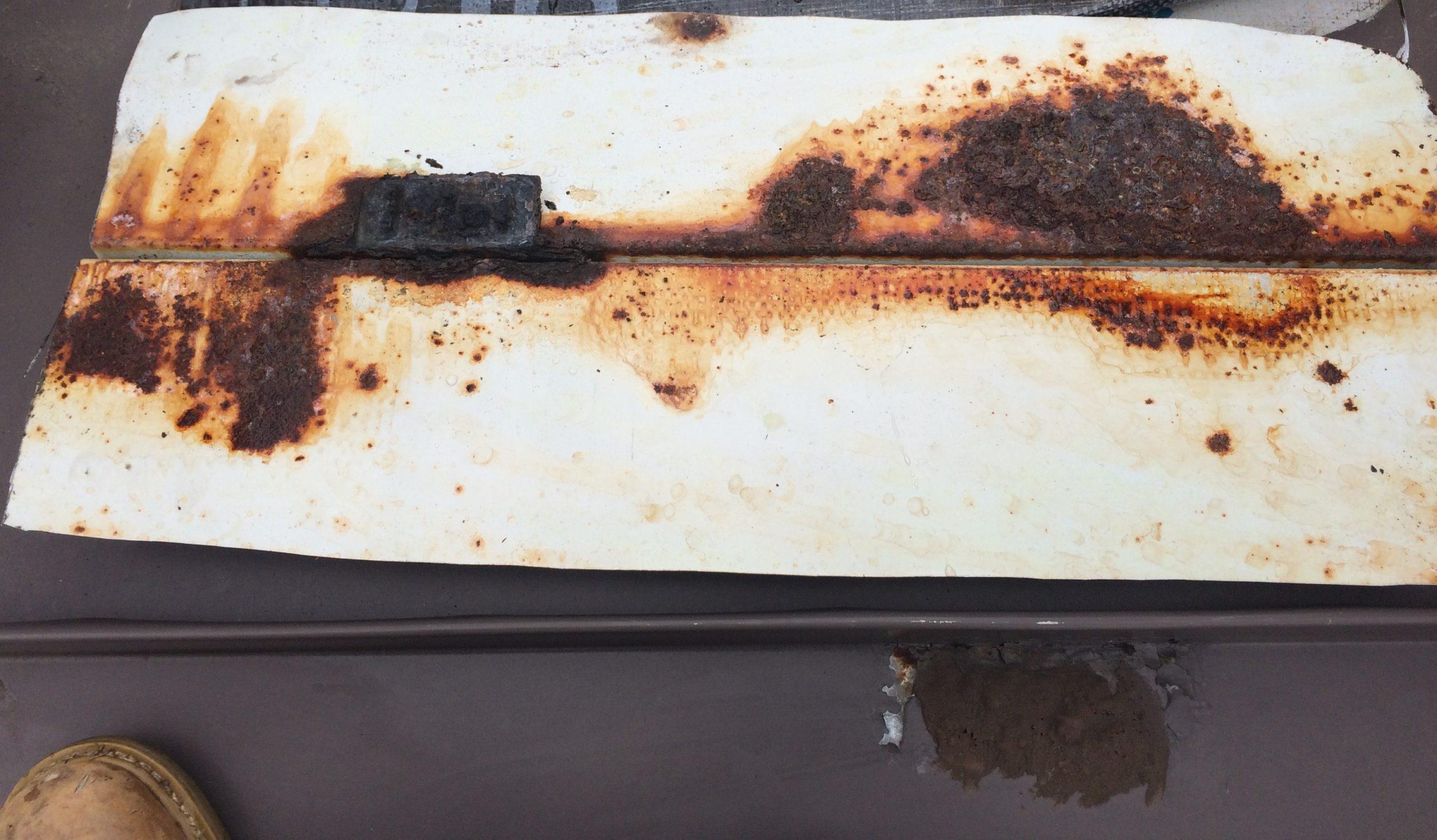
In the end, studies, testing and field experience show us that a less permeable roofing underlayment is the way to go with metal panel roof. It will provide you with optimal protection, and you will find no additional benefits with a highly permeable underlayment in a metal roof application.
Original Article Source: AEP Span.
Learn more about AEP Span in their Coffee Shop Directory or visit www.aepspan.com.
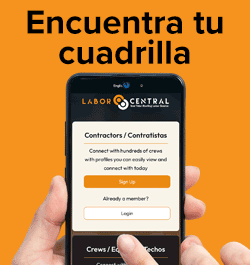
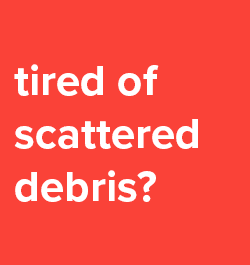

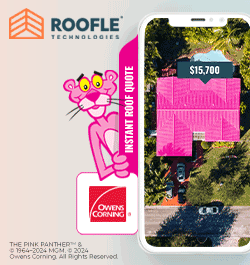









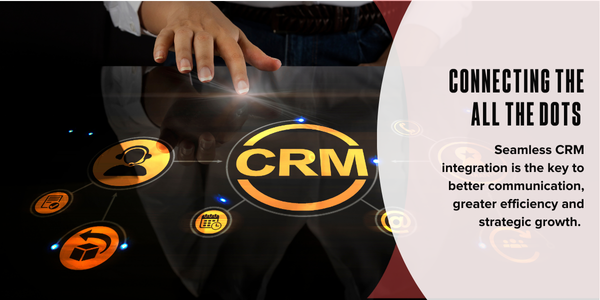
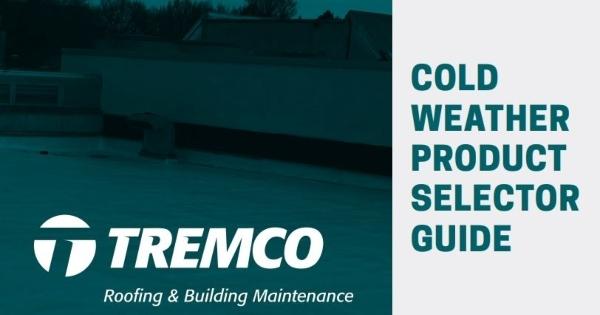
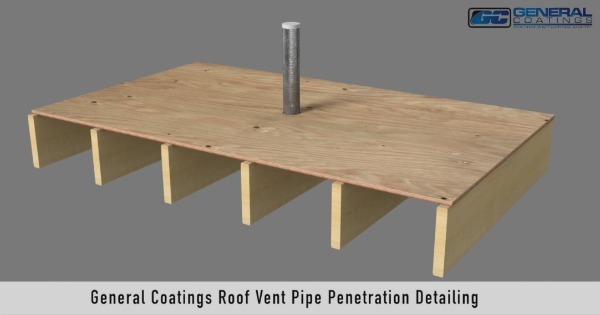


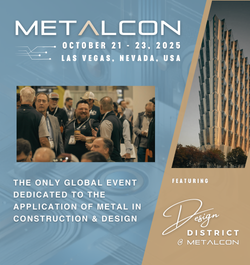

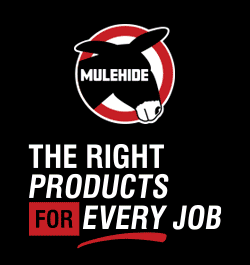

Comments
Leave a Reply
Have an account? Login to leave a comment!
Sign In